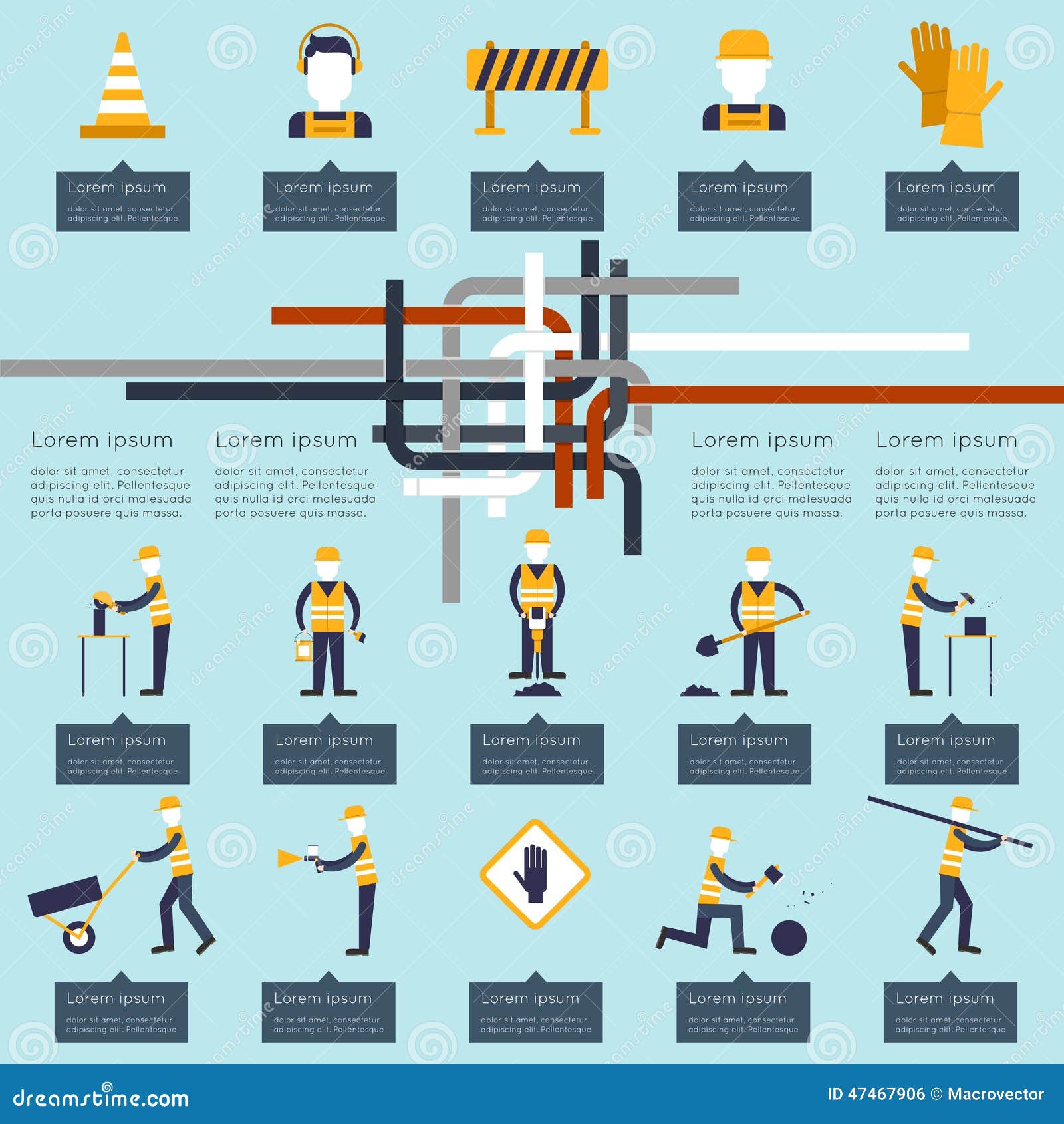The Role Of Weather Condition In Commercial Exterior Painting: What You Required To Know
The Role Of Weather Condition In Commercial Exterior Painting: What You Required To Know
Blog Article
Published By-Hopper Demir
When you're intending a commercial external painting task, do not undervalue the effect of weather condition on your outcomes. You require to consider factors like temperature, moisture, and precipitation, as they can make or damage your paint task. As an example, did you know that suitable conditions call for certain temperature ranges and moisture levels? Falling short to monitor these facets can result in unequal coatings and even damages to fresh paint. Recognizing just click the following internet page is key to accomplishing a long-lasting, expert end result. So, what details weather should you be wary of?
Temperature level Considerations
When it concerns commercial external painting, temperature level plays a crucial role in the outcome of your job. If you're painting in severe warmth, the paint can dry out too promptly, bring about concerns like bad bond and irregular coatings. You intend to aim for temperatures between 50 ° F and 85 ° F for the best outcomes. Below 50 ° F, paint might not heal appropriately, while over 85 ° F, you take the chance of blistering and breaking.
Timing your project with the appropriate temperatures is necessary. Begin your work early in the morning or later on in the mid-day when it's cooler, specifically throughout warm months.
Additionally, consider the surface temperature; it can be substantially more than the air temperature level, specifically on sunny days. Utilize a surface thermometer to check this before you start.
If temperatures are unpredictable, watch on the weather forecast. Unexpected temperature drops or heat waves can hinder your plans. You do not want to start painting only to have the conditions alter mid-project.
Moisture Levels
Humidity levels substantially impact the success of your industrial exterior painting job. When the moisture is too high, it can impede paint drying and treating, resulting in a series of concerns like bad attachment and finish high quality.
If you're planning a work throughout moist problems, you might locate that the paint takes longer to dry, which can expand your job timeline and increase expenses.
Conversely, reduced moisture can additionally pose obstacles. Paint might dry too rapidly, avoiding proper application and resulting in an uneven surface.
You'll intend to keep track of the moisture degrees very closely to ensure you're working within the ideal range, normally in between 40% and 70%.
To obtain the very best outcomes, think about using a hygrometer to determine moisture prior to beginning your task.
If you discover the levels are outside the optimal range, you might need to adjust your timetable or pick paints developed for variable conditions.
Constantly consult the manufacturer's standards for details suggestions on moisture tolerance.
Precipitation Effect
Rain or snow can dramatically interrupt your industrial external paint strategies. When rainfall occurs, it can wash away newly applied paint or develop an unequal surface. Ideally, you wish to choose days with completely dry weather to make certain the paint sticks properly and treatments properly. If you're caught in a rain shower, it's finest to stop the project and await problems to improve.
In addition, snow can be even more harmful. Not just does it develop a damp surface, however it can additionally lower temperatures, making it hard for paint to completely dry. This can lead to concerns like peeling or blistering down the line.
It's crucial to check the weather prediction before beginning your task. If rain or snow is predicted, consider rescheduling.
Always bear in mind to allow ample drying out time in between coats, particularly if the climate stays unforeseeable.
Conclusion
To conclude, watching on the climate is important for a successful industrial external paint project. By monitoring temperature, moisture, and precipitation, you can make certain the best problems for application and treating. Keep in mind to plan your work around favorable climate and always comply with manufacturer guidelines. With the best approach, you'll achieve a lasting, stunning coating that can hold up against the aspects. Do not allow the climate capture you off guard-- stay educated and paint clever!
